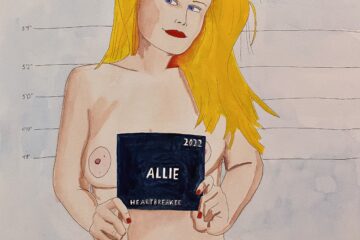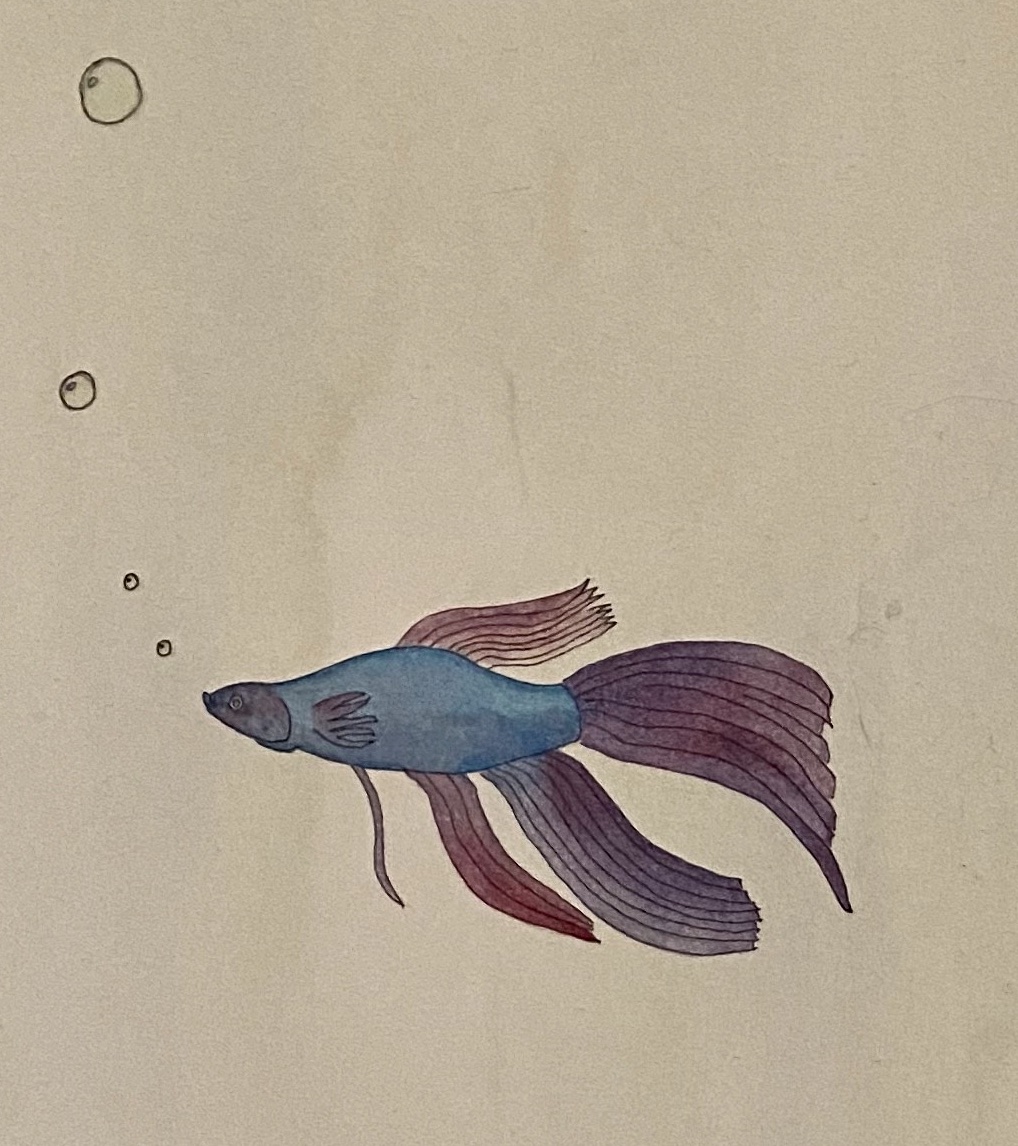To be clear, there’s absolutely nothing at all wrong with being a hobbyist.
I’m a hobbyist musician. I love my guitars and my pianos. However, they are not my profession.
I’m actually quite good at the guitar too.
I’m also a hobbyist weightlifter and used to be a hobbyist martial artist. Competitive martial arts are for young folks. Us older folks don’t get our hit points back like we used to. So yet another reason I transitioned into weightlifting. You can lift weights until you’re 100 (and probably even beyond).
But there are clear distinctions. There are a lot more than four. I’m just listing four major ones.
Education
Also to be clear, I don’t believe everyone has to have a formal education. It definitely helps, but you’ll always meet that one guy who’s truly self-educated.
However, he’s genuinely self-educated. Not just some pretentious prick who calls himself “self-educated” but when you ask him basic questions, he gives you a deer-in-the-headlights look.
I’ve always said that if you can’t list your top ten artists, you’re a hobbyist. I love so much art that I actually had a problem cutting down to 10. I wanted to list way, way more!
The world has plenty of awesome art museums you can visit. Seeing art on the internet doesn’t cut it. You really need to see things in real life.
You may even have an awesome art museum near you.
The more you study art, the more artists you’ll like. Then you’ll end up having my problem – feeling guilty about keeping an artist who greatly influenced you out of your top ten list.
I was initially self-taught. Then I noticed that I started progressing too slowly. So I started paying for one-on-one lessons. I did that for about a year and can’t believe how much I progressed!
Yes, they’re expensive. But if it’s your career, it always helps to have at least a little formal training.
Some folks prefer university settings. I just happen to prefer one-on-one because the teacher isn’t walking around looking at everyone else’s art. He’s looking at yours.
But definitely do what’s right for you. You may not necessarily learn the same way I learn.
Full-time job mindset
A hobbyist enjoys creating art. Which is great! I definitely don’t want to disparage the word “hobbyist.” I’m simply differentiating the word “artist” from “hobbyist.”
Like for instance, if I really, really wanted to make it as a musician, I wouldn’t have just gotten good at guitar, joined a band, and hoped for the best. Looking back, that was a losing strategy because it relied on luck. Maybe I could have joined a band that succeeded. But it would have been rolling dice.
An artist may have a day job that has nothing to do with art. But she’s putting in the hours and has a plan how to make enough money to become a full-time artist. She also has a time frame.
She has a full-time job mindset. Once she’s off her day job, she’s doing what needs to be done to turn her art into a career.
Like for instance, once I make my first six figures as an artist, I’ll create a course how to do it and an outline of everything I did. It’s more than just begging galleries to sell your paintings. There are other ways to make money as an artist.
But I haven’t cracked six figures yet so if I created the course now, it will be dishonest.
A hobbyist on the other hand is perfectly content with his day job and selling a little bit of artwork on the side. Which is great if he knows he’s just a hobbyist. Once again, not at all knocking that.
He however won’t take the leap to become a full-time artist.
Teaching ability
Everyone loves to mock the word teacher. Like for instance, if you’re currently an art student at a university, you more than likely had a friend or family member condescendingly say “what are you going to do with an Art degree, teach?”
I’m a parent. I did a lot of teaching.
I taught my son how to strive in a complicated society. That took a lot of work!
I also taught guitar basics back in the day. I knew guitar enough to teach the fretboard. But not well enough to teach at a high school level.
An artist can teach art at a high school level or higher. A hobbyist cannot.
An artist knows how to draw very well, knows her mediums, and also knows art history.
She can even teach art periods that she may not necessarily like.
For instance, I can tell you quite a bit about Modern art and Post-Modernism. I don’t like either. But I know a lot of the prominent artists. And I’ve even visited two of the major Modern art museums in the world (Reina Sofía and SF MOMA), plus the Picasso museum in Barcelona.
Honestly, I disliked most of the artwork in the Reina Sofía. However, I got a new respect for Picasso. His Guernica was incredible, and if there’s one piece that the internet doesn’t do justice, it’s this one. On the internet, it looks like scribbles. But in person, it’s an absolutely amazing piece of art! And this is coming from someone who dislikes Modernism.
Yes, the artist not only knows and can teach art technique. But also can teach art history. Because without history, it’s all pointless. You really should know your influences.
Pricing paintings
And lastly, this is where I have the biggest beef with hobbyists. Hobbyists actually damage the early stages of artist’s careers by underpricing their paintings.
I’ve written a blog post on how to correctly price your paintings when you first start out. Nobody should be working for less than minimum wage, including beginning artists.
This method takes into account the materials you spent plus the hours you worked. Just like if you hire someone to fix your fence. He will charge you for the materials plus his labor. As he should.
The same thing with an artist. She should be charging you for the materials she spent plus at least minimum wage for the hours she spent painting the painting for you. If she doesn’t, she’s not only underpricing herself, but also creating the expectations from buyers that unknown artists should work for less than minimum wage.
Now keep in mind, I wrote that article for beginners. Once you build yourself a name, you’ll be charging a lot more than minimum wage for your time. But as a beginning artist, if you have the mindset that you’ll work for less than minimum wage, you’ll more than likely fail. Just like if the guy who built your fence doesn’t make any money for his labor and only charged for materials, he won’t be able to pay rent.
About the featured image
This is one of my favorite paintings by my number one favorite artist – the Lady of Shalott by John William Waterhouse. It’s based on a poem by the English Victorian poet Lord Tennyson.
I finally got around to reading the poem earlier this year. I’ve been a fan of the painting for decades. If you’re a fan of Loreena McKennitt, you more than likely heard her song of the same name.



0 Comments